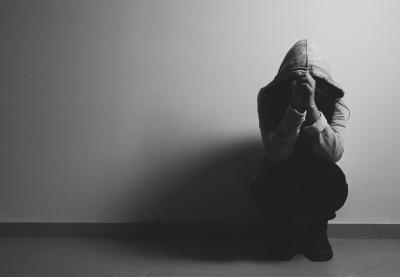Since Teaching Tolerance began tracking hate and bias incidents at school in October 2017, we’ve recorded 496 reports spanning 47 states and Washington, D.C. The most hate incidents, 90, occurred in the first month of tracking. We’re also noticing trends. Here are a few that caught our attention:
- The vast majority of these incidents — 81 percent —were racist in nature. This includes anti-black sentiments, racist chants, slurs or graffiti featuring racist messages.
- There were 89 anti-Semitic incidents. Most involved hate symbols (such as swastikas) displayed via graffiti.
- We recorded 38 anti-LGBTQ incidents. These incidents were most likely to include violence against students.
- The 28 Islamophobic incidents often involved targeting girls wearing hijabs.
- Almost all of the 28 anti-immigrant incidents targeted Latinx students and featured the phrase “build the wall.”
- There were 14 sexist or sexual harassment incidents.
- The 65 physical threats we recorded often involved gun violence.
- There were five abeist incidents.
Most incidents occurred outside of the classroom. We reported 175 that happened at football games and parking lots, school board meetings, on school buses and with graffiti on school buildings. There were 160 incidents reported on social media platforms. These most often involved students on Snapchat and parents, teachers and administrators on Facebook. In the classroom, we reported 138 hate incidents, which includes teacher bullying or racist lessons such as slavery simulations.
Black students bore the brunt of the hate. In addition to the aforementioned incidents, they were also six reports of students donning black face and reports of students in states nowhere near the South intimidating black students by wearing or waving Confederate flags. Noose sightings, racist rap videos and liberal use of the n-word peppered our reports.
Perhaps most disheartening were the incidents perpetrated by adults—teachers, bus drivers, school resource officers, school administrators, school board members and parents. It’s clear that the leaders we entrust with the safety and education of young people sometimes cause the most harm.
These hate incidents stood out:
- In North Bend, Oregon, a student was reportedly forced to read the Bible as punishment for their sexual orientation.
- Classmates of a Muslim student in Haverford, Pennsylvania, called him the n-word, “terrorist” and “Osama bin Laden” throughout his middle and high school years.
- Also in Haverford, Pennsylvania, a substitute teacher announced to the class that he would call an African-born student “cave man” because he thought his name sounded similar to that of a hominoid recently discovered in South Africa.
- At a Houston school, an elementary principal told three staff members about a black special-needs student who runs from class often and said, “We won’t chase him. We will call the police and tell them he has a gun so they can come faster.”
- In New Berlin, Wisconin, a student asked another to the prom with a sign that read: “Will you make my night Trump all others and let me deport you to Prom?”
- At a Piedmont, California high school, a student forwarded email chains to two local high schools that feature a Nazi propaganda meme.
While the number of incidents dropped considerably as most schools closed for summer recess, we continued to see new reports. We recorded 25 school-based episodes of hate in June and 13 in July.
As this school year begins, we hope to see a decline in the number of hate incidents, but that can’t happen without every school making a concerted effort to be proactive. “Back to school” should not mean “back to hate.” To ensure that it doesn’t, educators must create a plan and address problems quickly.
Begin with these steps:
- Be prepared. Use our Responding to Hate and Bias at School guide to learn what to do before, during and after a crisis. Having protocols in place at the beginning of the school year helps increase administrators’ and teachers’ confidence that they’ll be able to effectively address incidents and alleviate tension.
- Develop a zero intolerance policy. Follow our Speak Up at School guide to help respond to prejudice, bias and stereotypes every day in the classroom.
- Take on controversial topics and encourage civil discourse. Civil Discourse in the Classroom lays the groundwork. Let’s Talk! provides strategies to to facilite discussions that migh elicit strong emotions.
- Create a community where all students can thrive. Use our Social Justice Standards to guide you in the engagement of anti-bias education. Critical Practices for Anti-bias Education ensures teachers can improve academic outcomes by building intergroup awareness, encouraging students to speak out against bias and injustice.
We know we are not seeing every incident of hate and bias in U.S. schools, as many students with marginalized identities see their bullying or harassment go unreported or unrepresented. So we're asking for your help. If you know of an incident occurring in your school, please email hateinschools@splcenter.org.
Dillard is a staff writer for Teaching Tolerance.


0 COMMENTS